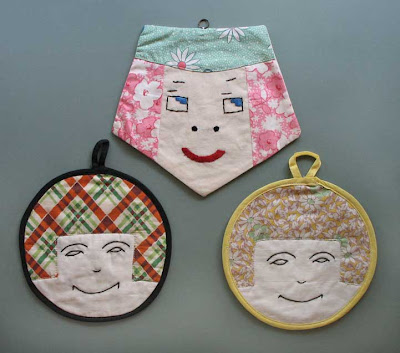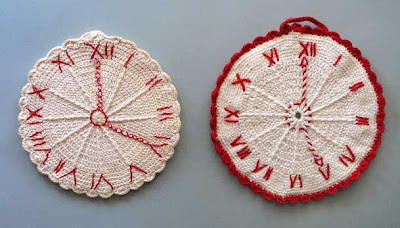
I bought this real photo postcard of a post office many years ago, before the Internet and before I had a computer. I have found that the computer is useful both for examining photos and researching the subject matter of postcards. This photo is quite faded looking and I didn’t pay much attention to it until recently. I started looking at it in detail and researching it because of my current interest in vintage mail and post office photos.
You probably know that photos can be improved and restored with Photoshop or similar photo editing software. I knew this, but I was still surprised at how much detail I could see when I scanned the postcard at high resolution and made a few simple adjustments. All it took was a click on Photoshop’s “Auto Color” to get rid of the faded look. The original color has a nice vintage look, but the edited version shows the details better. I also did a little sharpening and burning.

click this photo to enlage it and see detailsThis postcard has a 1909 postmark from Chandler, Minnesota. Chandler is a small town in Murray County in the southwestern corner of Minnesota, with a current population of about 300. According to the Murray County website:
"By the turn of the century, Chandler was called "The Little Queen of the Hills" and was said to have a bright future. Chandler was incorporated in 1902 and the year was also considered a boom year for the town. The bank and a two room schoolhouse were built. A post office was established and construction of a new hotel was begun."
It wasn’t until fairly recently that I started paying attention to messages on my postcards. I couldn’t make out all the words in the message on the back of this postcard, but I could tell that it didn’t mention Chandler. Although I thought that the photo was probably of Chandler, I wasn’t sure until I contacted the Murray County Museum via email. From the museum I received the following additional information:
"This picture is indeed from Chandler. The man in front is J.M. Johnson, the postmaster. The two men with the mail bags are his mail carriers and their carts. One of them is a Sankey, the other is unknown to us."
Studying the details on a postcard can lead to all sorts of fascinating information, and it seems like one thing always leads to another on the internet.
Some of the signs in the photo are readable with the naked eye. On the left there is the Post Office sign and J. M. Johnson’s name. The window signs on the right advertise Meals at all Hours, Hot coffee, Lunch, and Fresh Bread.

Other signs became readable after I scanned and edited the photo. The advertising signs in the left window are for Northwest Thresher Engines and Separators, and Aermotor. Northwest Thresher of Stillwater, Minnesota was acquired by another company in 1912. Aermotor is now the only manufacturer of windmills in the U. S. (at one time there were over 1000 manufacturers) and even has a video on YouTube. On the right side of the building there is a small Telephone Station sign attached to the building and a fragment of what looks like a signboard. When I searched for information and photos of postal wagons. I discovered that the Smithsonian has a photostream on flickr and there is a set of People and the Post that has pictures of old postal wagons.
I found a photo on another website that looked like the left Chandler wagon. It was a restored antique wagon and was hitched to a mule. It was only then that I realized that there were mules in the Chandler photo, which led me to search for information about mules. I learned that mules are stronger and usually eat less than horses of a similar size and also are considered more intelligent than horses.
The blanket on one of the mules appears to have advertising for some flour. I quickly gave up on trying to identify the name. Minnesota was the top flour producing state in the country, and in 1901 there were 400 flour and grist mills in Minnesota.
I only have a few real photo postcards. The most interesting real photo postcards usually are quite expensive, especially if the photo can be identified. If you would like to see some interesting real photo postcards, there are several books with excellent examples. A recent book that I have and recommend is As we Were: American Photographic Postcards, 1905-1930 by Rosamund B. Vaule. That book has sections on real photo postcard history and many examples of postcards showing a variety of subjects.

This post was written for
A Canadian Family
A Festival of Postcards Blog Carnival
3rd Edition, July 2009: Signs











































